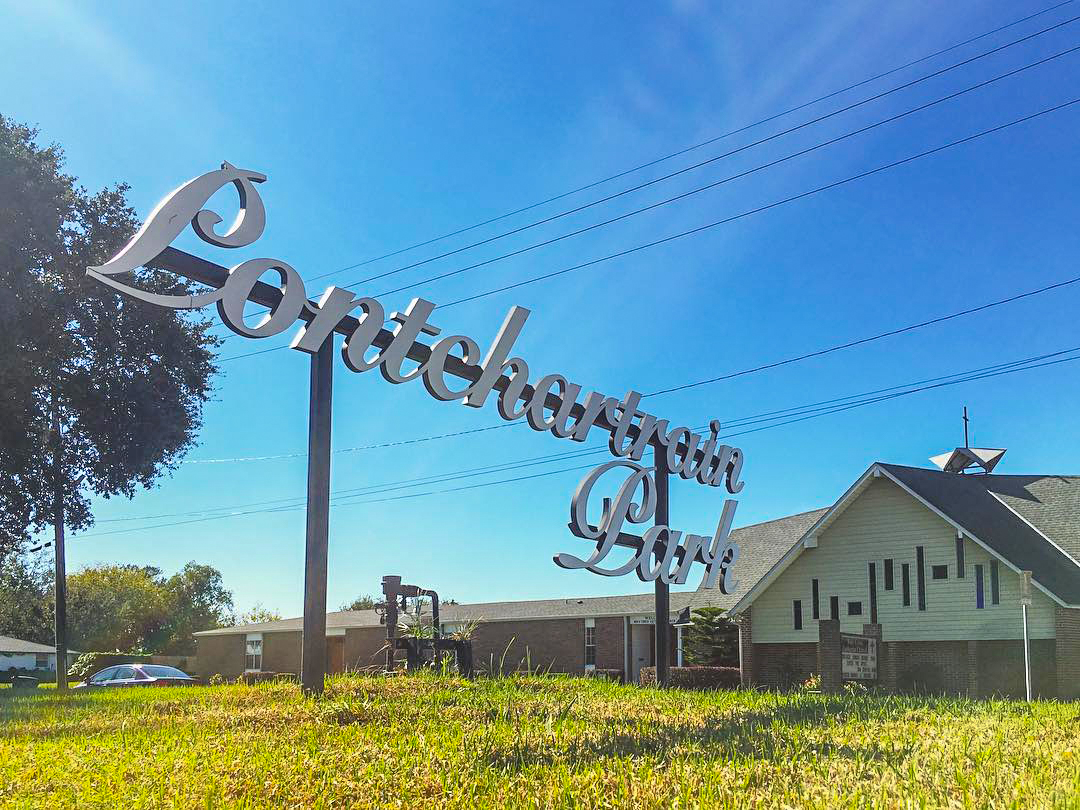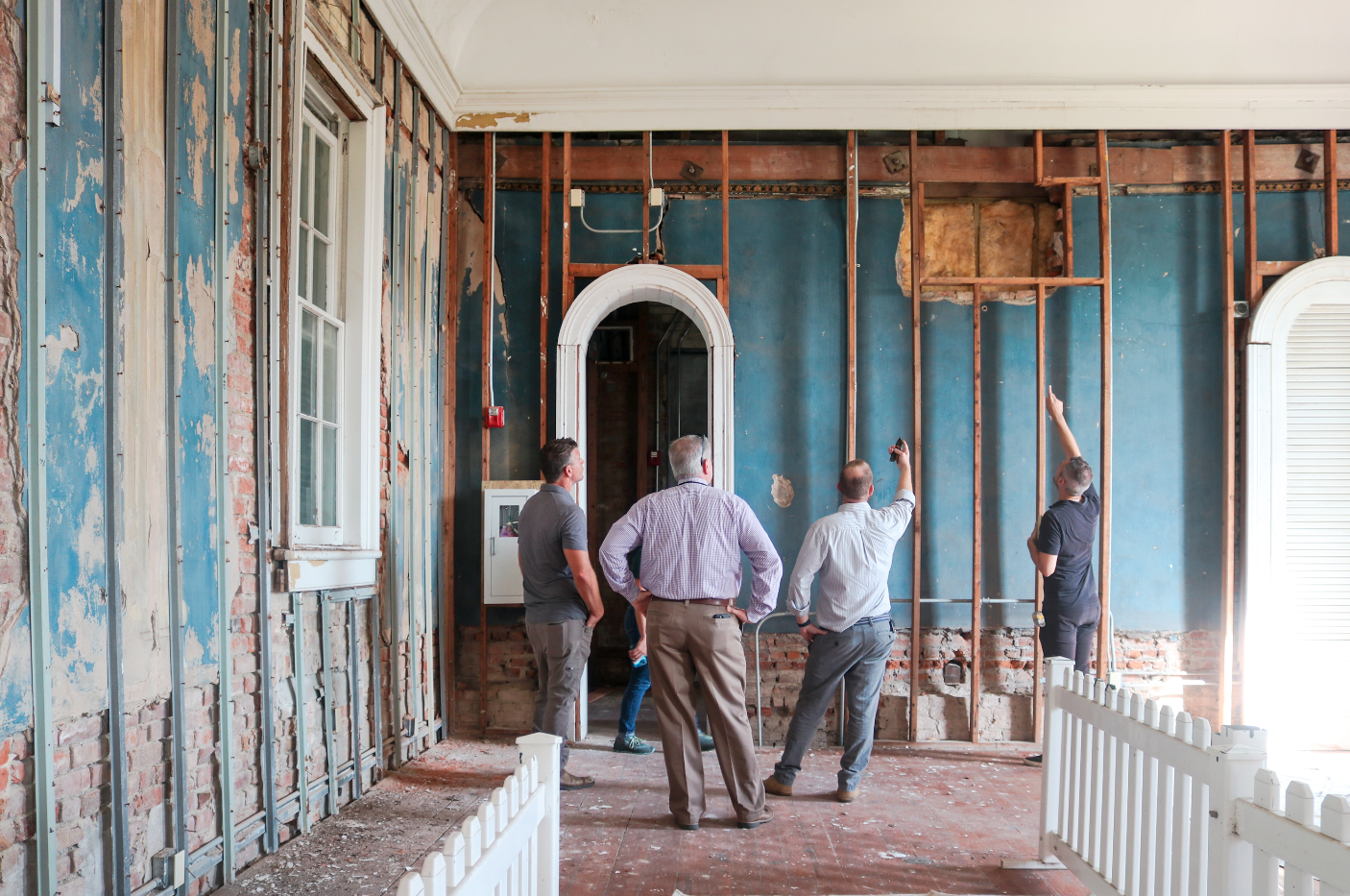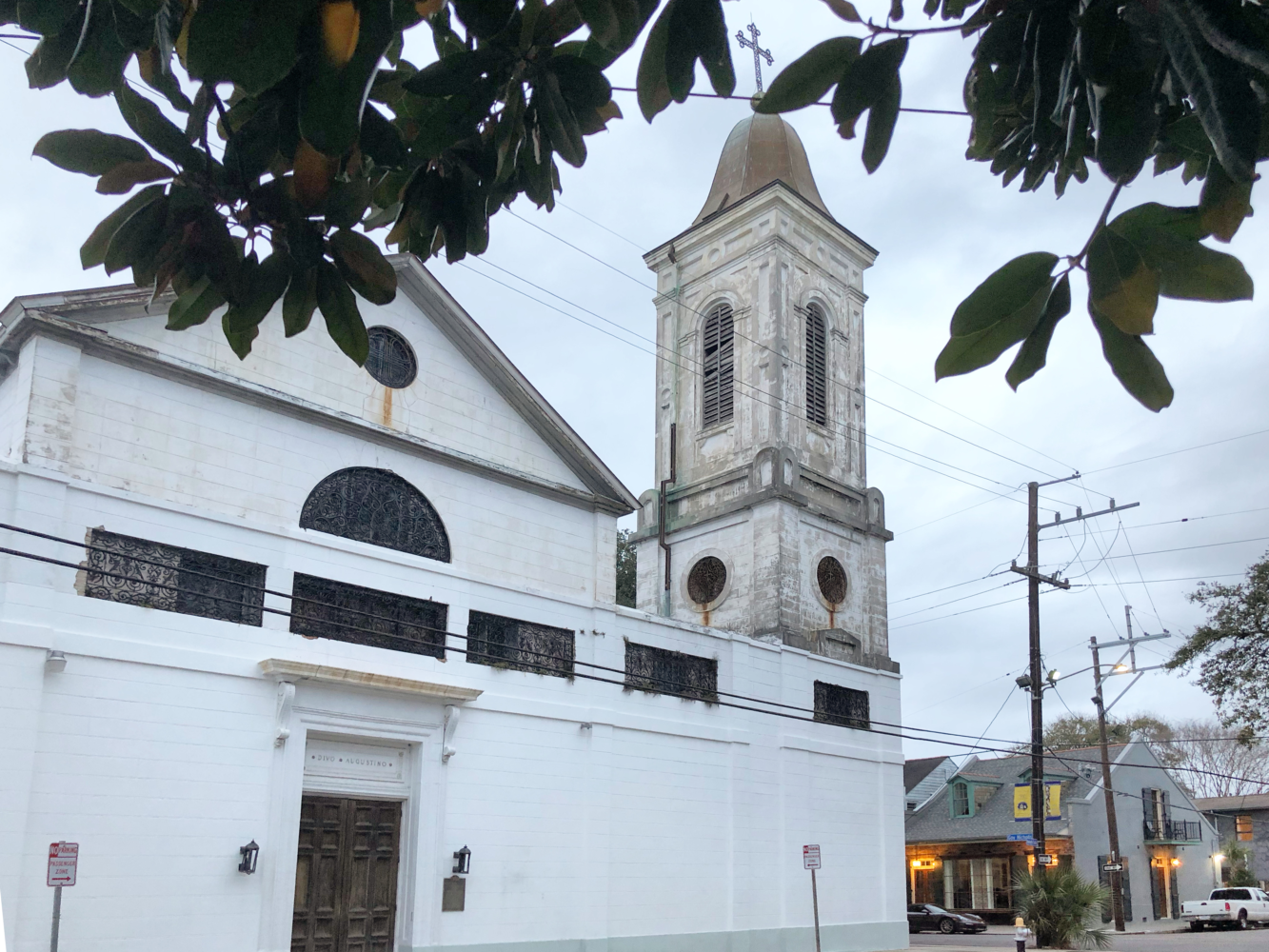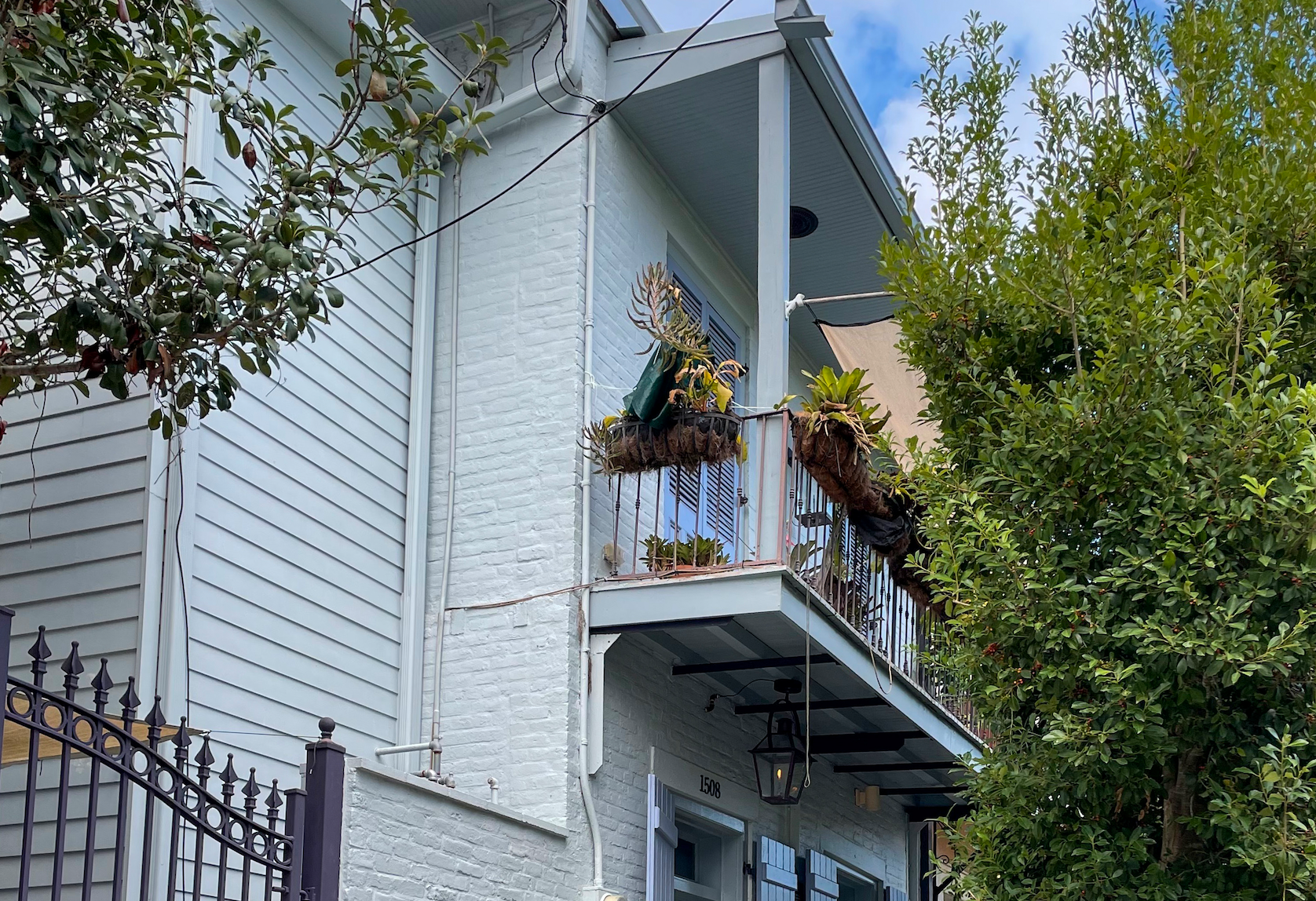This story appeared in the October/November issue of PRC’s Preservation in Print magazine. Interested in getting more preservation stories like this delivered to your door? Become a member of the PRC for a subscription!
Fall festival season kicks off this month with two celebrations that showcase the livability and charm of two of the city’s historic neighborhoods. On the weekend of Oct. 6-8, head to Pontchartrain Park for Gentilly Fest, a celebration of music, arts and community. Then mark Oct. 21 on your calendar for the 8th annual Tremé Fall Festival, held in front of historic St. Augustine Catholic Church on Henriette Delille Street.
Before or after the festivals, spend some time checking out the historic sites in these neighborhoods. A quick walk around provides a glimpse into these communities’ rich history and modern sensibilities.
Gentilly Fest
Proceeds from Gentilly Fest, now in its 15th year, will help purchase equipment and furniture for law enforcement officers, firefighters and paramedics in the community and help other local organizations. Held at the Pontchartrain Park Playground, the festival will feature three stages for musical acts, as well as numerous craft and food vendors. A Kids’ Village will feature face painting, garden crafts and pottery.
Gentilly makes up a large geographic area of the city, with many diverse neighborhoods within it. In 2020, the Pontchartrain Park neighborhood was officially listed in the National Register of Historic Places. Built between 1955 and 1961, the neighborhood was one of the first subdivisions developed for African Americans in the South and was the first of its kind in New Orleans. Pontchartrain Park, which broke ground in 1955, was conceived when segregation was strictly enforced across the South. Due to racially motivated redlining and protective covenants, African Americans were not allowed to purchase homes in many neighborhoods. By the 1950s, however, there was enough political will to develop land specifically for African American families among the new neighborhoods that were being constructed near the New Orleans’ lakefront.

Joseph Bartholomew Golf Course
6514 Congress Drive
The Pontchartrain Park neighborhood was designed to act as the Black counterpart to the Gentilly Woods subdivision directly to its south. The golf course, which opened in 1956, was the only public golf course open to African Americans in New Orleans. In fact, the course was the first in which its African American designer Joseph Bartholomew was allowed to play. Pontchartrain Park was then, and remains now, a quiet neighborhood with a Mayberry-esque feel.
Southern University at New Orleans
6400 Press Drive
Southern University at New Orleans was one of the first Historically Black Colleges and Universities established after the 1954 Brown vs. Board of Education Supreme Court decision. Opened in 1959, SUNO originally had just 160 students. Over the years, enrollment has grown, and the campus has expanded. While on the campus, keep an eye out for the Bashful Administration Building, a mid-century modern building with decorative breeze blocks.
Former Morial Home
5752 Press Drive
Located just across the street from the festival site is the modest home where former Mayor Ernest N. “Dutch” Morial raised his family, including his son, Marc, who also would later serve as mayor of New Orleans. In a 2022 interview with The Times-Picayune, Marc Morial said of the neighborhood, “It was just an incredible place to grow up in. It was like a little village unto itself.” The home, with slab-on-grade construction and a hipped roof is representative of the type of construction that was common in mid-century New Orleans, after the levee system was improved.
Bethany United Methodist Church
4533 Mendez St.
This church has a striking mid-century modern design that immediately catches the eye. The sanctuary features a hipped, shingled roof, like much of the rest of the homes in Pontchartrain Park. However, it rises into the air to form a steeple, allowing it to fit into the neighborhood character, yet distinguish itself from the rest of the building stock. Also on the site is an ancillary building featuring a low-slung, barrel-vaulted roof that is almost wave-like.
Information from PRC’s “History and Politics behind Pontchartrain Park” exhibition. Learn more.
After Gentilly Fest, head to Tremé on October 21 for the Tremé Fall Fest. Read more from our latest issue of Preservation in Print.






